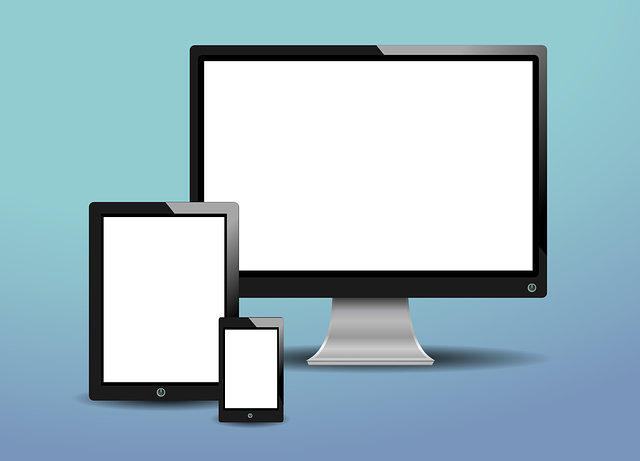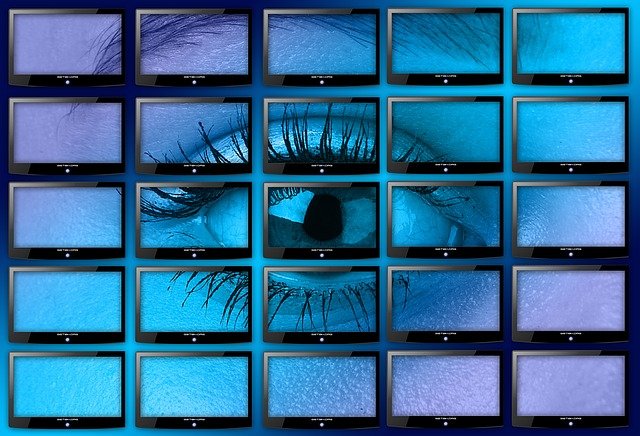
Technology has certainly been a lifesaver during the coronavirus pandemic. Between distance learning, working from home, and trying to preserve contact with family and friends, our reliance on screens has grown exponentially. But as a psychologist and licensed therapist, I can tell you I am seeing more and more people suffering from the perils of extended remote life. Screen fatigue, and the lack of face-to-face interaction, are taking a toll.
Here are a few tips on how to achieve digital health and screen sanity for yourself and your family.
1. Talk it Out
This may seem counterintuitive, but my first suggestion actually involves using a screen. Schedule a family movie night and watch a documentary (i.e. “Social Dilemma,” “Screenagers,” “LIKE,” etc.) about screen time and social media platforms. Use the film’s themes to bring up issues as they relate to your family and gauge family members’ use of screens. With so much time spent together, utilize family meals and other opportunities to discuss the issue.

2. Be a Conscious Screener
As parents, we want to show our children that a smartphone (or tablet, or any device really) is only a tool for building and maintaining a healthy personal and social life. Most of us use devices interchangeably, but in reality we don’t need all the apps on our phones, tablets, and computers. Review all the apps you and your family are using and determine which devices you need them on and where they can be eliminated. Similarly, some apps induce stress or negativity. Nobody needs that right now, so delete any and all platforms and profiles that are not contributing to your mental health right now. The easiest way to achieve digital wellness is by avoiding device multi-tasking. Particularly when we everyone is trying to work and/or learn from home, navigating between so many screens and apps is not helpful. By consciously turning off notifications and sounds on the non-essential applications (at least at certain times of day), we can heighten our focus and reduce distractions.

3. There’s a Time and a Place
When it comes to screen use, there is definite wisdom in the adage “there is a time and a place for everything.” Make mealtimes a screen-free experience. Set up charging stations in public spaces so that phones and devices don’t need to be stored in bedrooms during sleep time.
4. Make it a Family Thing
Some families may opt for an hour of “no-power” each day, when they do something together that does not require a digital device of any kind. Other families may choose to make digital consumption a kind of competition: see who can go the longest without turning on a screen, or make the first person who turns on their device after “power down” time prepare dinner for everyone. The most important part of this step is that you are involving EVERY member of your household in the preparation of the family media plan. This plan should account for everyone’s digital needs and also make time for safe offline socialization.

We are living through one of the most stressful and chaotic periods in history. It is not the time to radically change behavior or make sweeping lifestyle adjustments. Now, more than ever, we should be embracing and utilizing all the technology that is designed to make our life easier. But we must do so wisely and safely so that we can maintain our mental and physical health for ourselves and our families.

